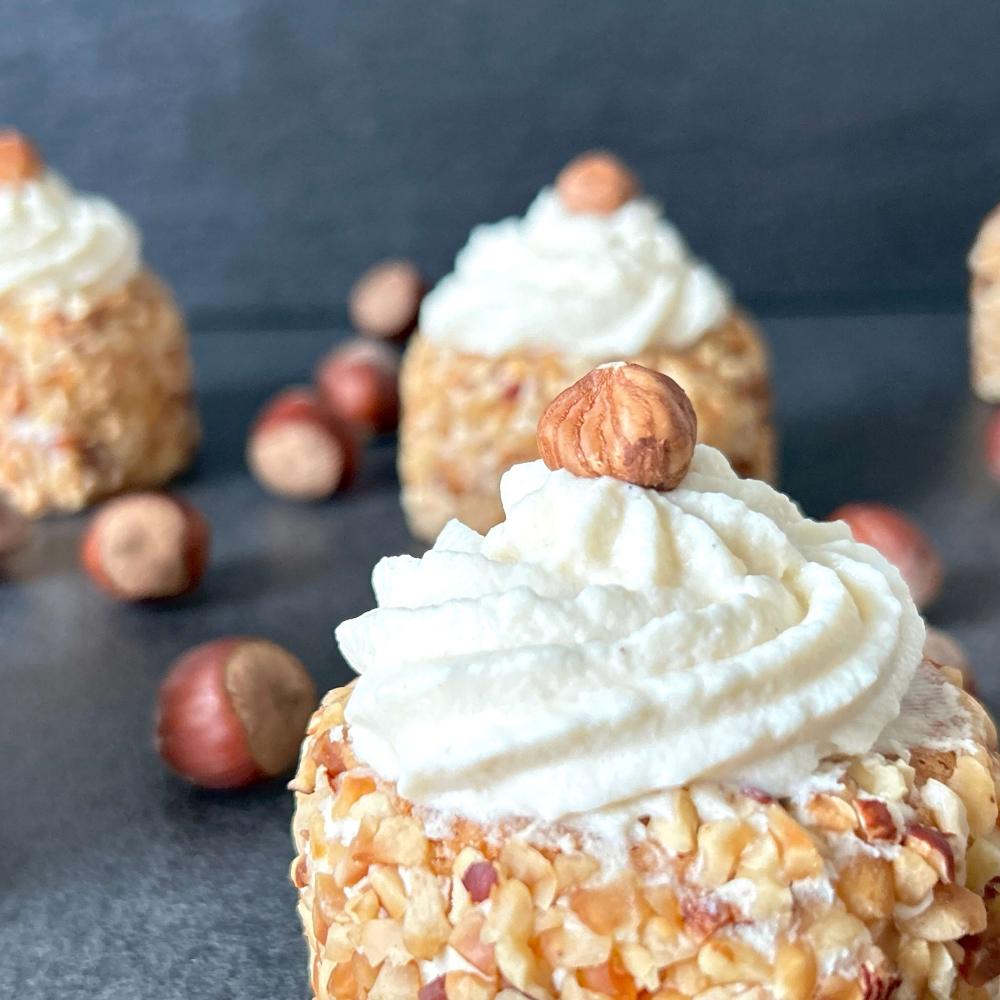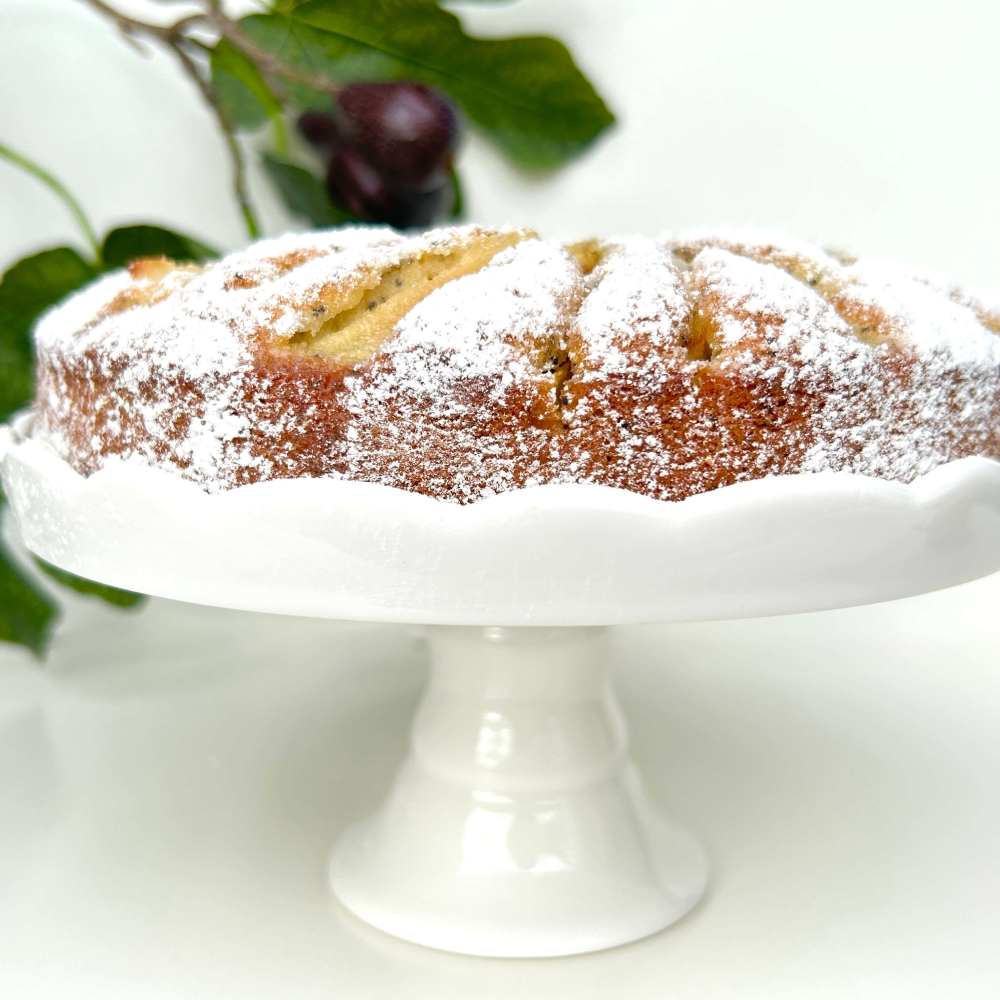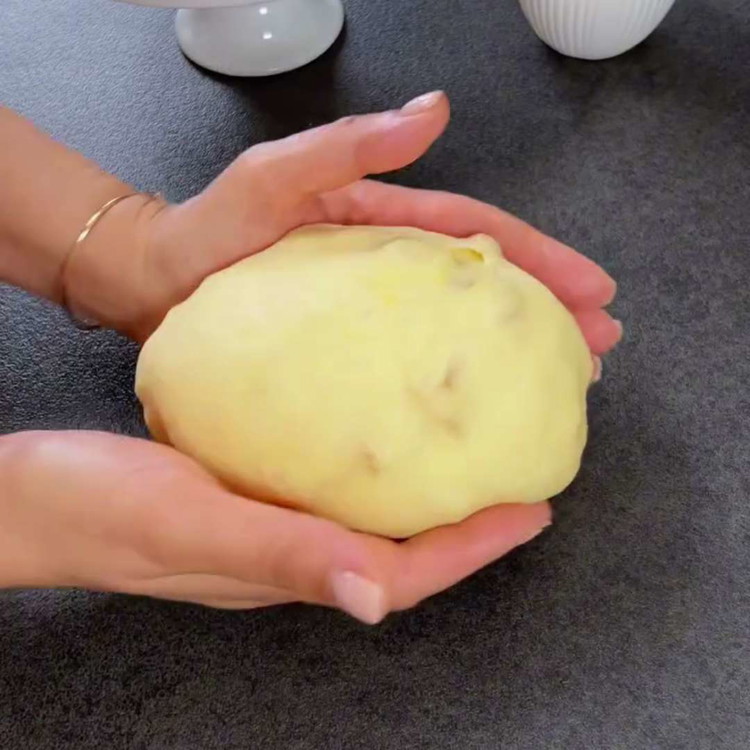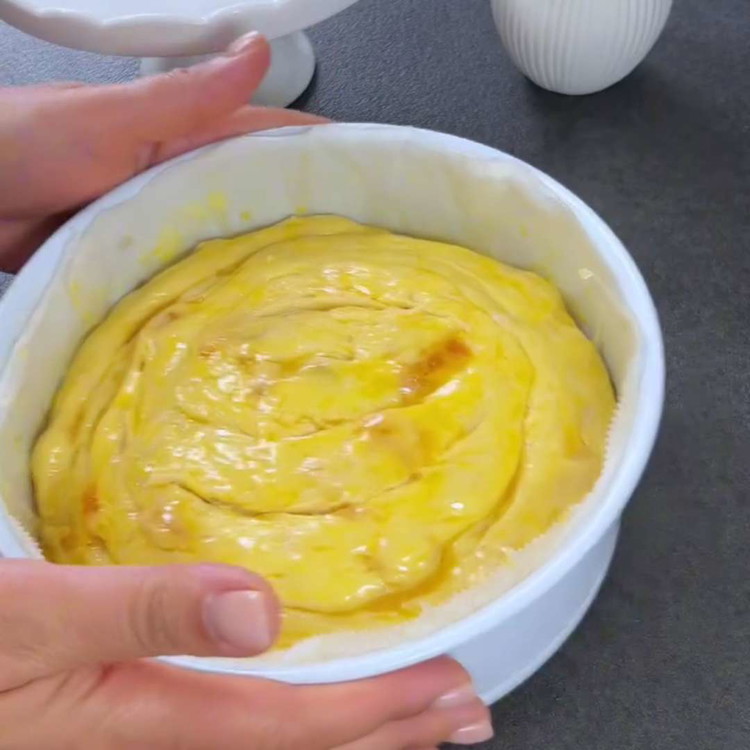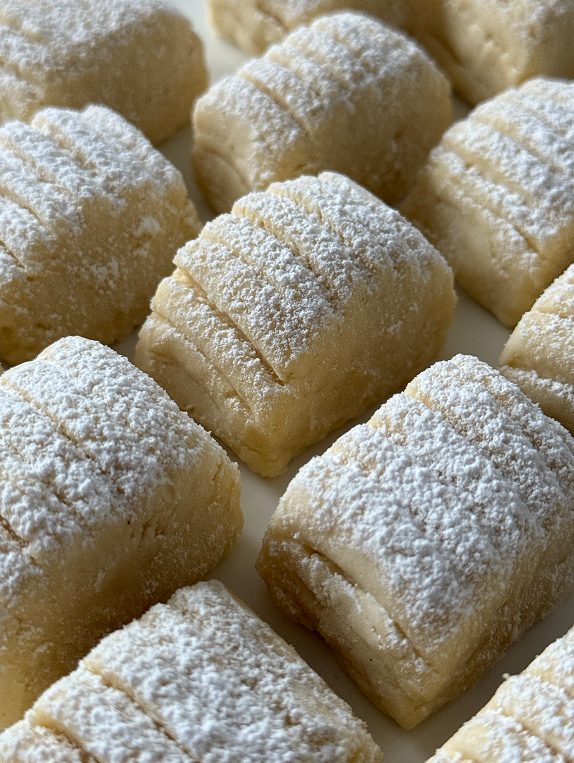To create a delightful Apricot Bread, you will need a combination of essential ingredients, including flour, dry yeast, sugar, salt, warm milk, egg, soft butter, and diced dried apricots. The flour acts as the foundation, providing structure and stability while contributing to the bread's light and fluffy texture. The dry yeast is crucial for fermentation, which allows the dough to rise and develop a light airy quality. Sugar not only adds a subtle sweetness that enhances the apricot flavor but also aids in browning during baking, creating a visually appealing crust. The salt enhances all the flavors present in the dough. Warm milk helps to dissolve the yeast, activating it and contributing moisture to the dough. The egg enriches the mixture, imparting both flavor and color. Lastly, the dried apricots add natural sweetness and a chewy texture, offering bursts of fruity flavor throughout the bread.


